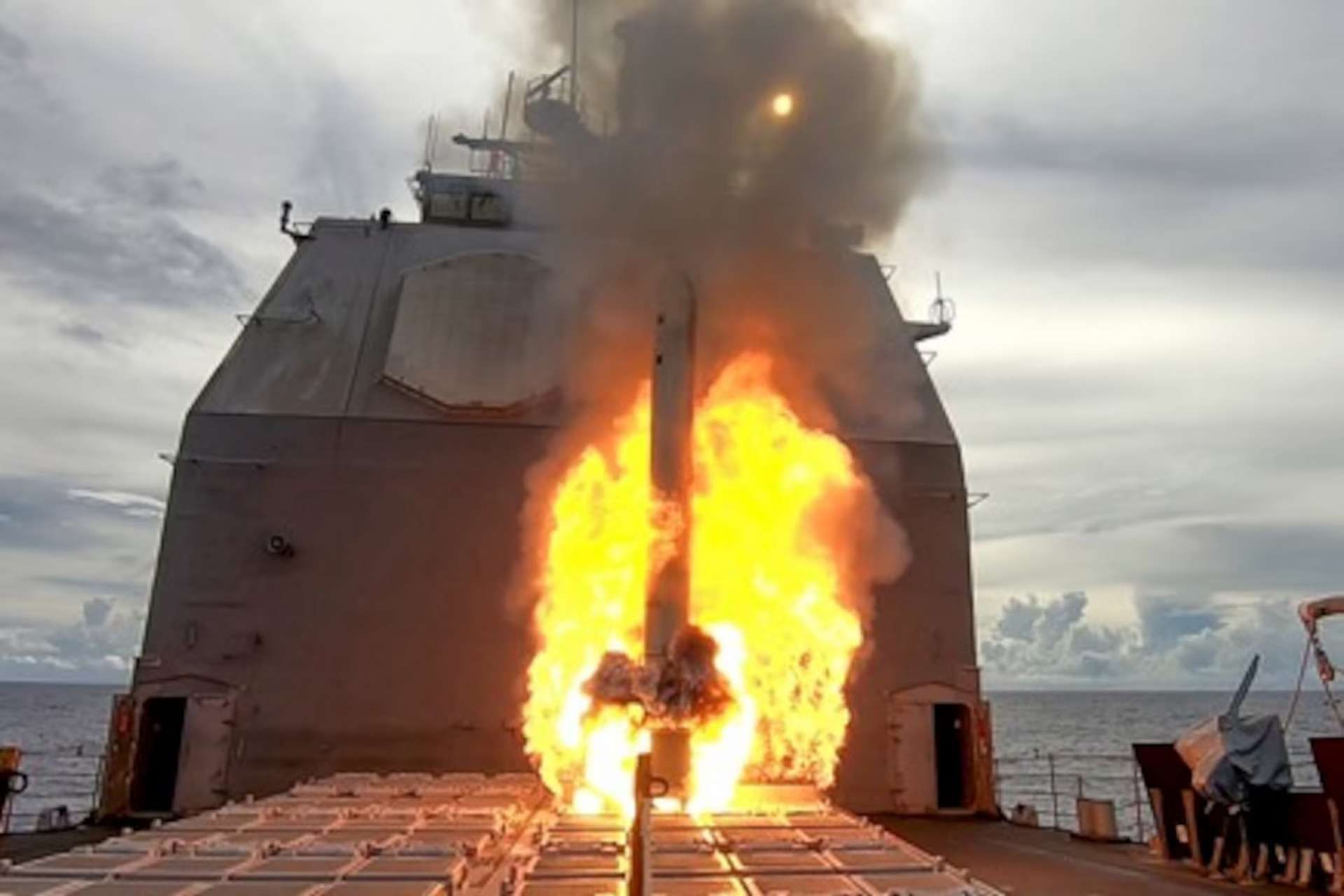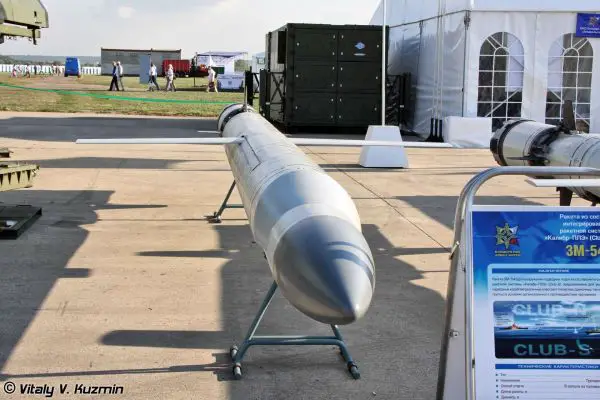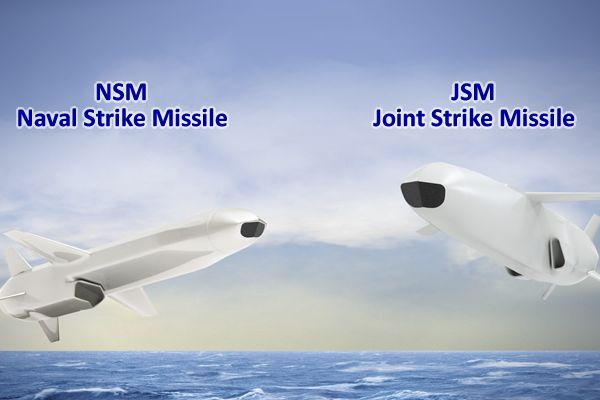Missiles.
Tomahawk Cruise Missile Land Attack TLAM BGM 109.

The Tomahawk Land Attack Cruise Missile (TLAM), designated as BGM-109, is a subsonic, long-range cruise missile designed by the United States to deliver precision strikes against high-value and strategic targets. It was developed during the Cold War to provide a reliable deep-strike capability, enabling naval platforms to target land-based installations from significant distances. Manufactured by Raytheon Technologies, the Tomahawk entered service in 1983 and has since become one of the most widely used and effective cruise missiles in the world. Its adaptability, accuracy, and survivability make it a cornerstone of modern naval warfare.
Country users : United States, United Kingsom, Australia
Description
The Tomahawk Land Attack Cruise Missile (TLAM), designated as BGM-109, is a subsonic, long-range cruise missile designed by the United States to deliver precision strikes against high-value and strategic targets. The BGM-109 Tomahawk originated in the 1970s as a response to the U.S. Navy's need for a versatile missile capable of conducting long-range, precision strikes. Designed to operate from both surface ships and submarines, the Tomahawk's primary mission is to engage strategic and tactical targets deep within enemy territory, often in heavily defended areas. Its initial design borrowed from the technology of the AGM-86 Air-Launched Cruise Missile (ALCM) but was modified for naval deployment. The missile entered service in 1983, rapidly becoming a critical component of U.S. military power projection. Over the years, the Tomahawk has been continuously updated to maintain its relevance in the face of evolving threats. It has seen extensive combat use in conflicts such as the Gulf War, Operation Iraqi Freedom, and numerous other military operations where precision and low collateral damage were paramount. Each iteration has brought advancements in range, accuracy, and survivability, with the latest Block V variant adding a maritime strike capability and extended range. The Tomahawk is tailored for long-range land-attack missions, capable of striking infrastructure, hardened military targets, and command-and-control centers. Its low-altitude flight profile and terrain-following capability allow it to evade sophisticated air defense systems, ensuring a high probability of mission success. The missile is launched from either Vertical Launch Systems (VLS) aboard ships or torpedo tubes on submarines, offering unparalleled flexibility in deployment.
On October 6, 2025, President Donald Trump announced that the U.S. would provide Tomahawk cruise missiles to Ukraine, under strict U.S. control. The move marks a major shift in American weapons policy and could reshape the balance of power in Europe.
Tomahawk Cruise Missile TLAM BGM-109 variants:
- BGM-109A (TLAM-N): The original variant, introduced in the early 1980s, was developed as a nuclear-armed cruise missile designed for strategic deterrence during the Cold War. Equipped with a W80 nuclear warhead, it had a range of over 2,500 kilometers, enabling strikes deep within enemy territory. The TLAM-N was retired in 2010 as part of U.S. disarmament efforts and the shift toward conventional strike capabilities.
- BGM-109C (TLAM-C): Introduced in the 1980s, the TLAM-C was equipped with a unitary high-explosive warhead weighing approximately 450 kg. This variant was optimized for precision strikes against hardened or high-value targets, such as enemy infrastructure, command centers, and airfields. Its high accuracy and ability to penetrate defenses made it a critical asset during the Gulf War and subsequent conflicts.
- BGM-109D (TLAM-D): The TLAM-D variant, also introduced in the 1980s, carried a submunition payload designed for area suppression. It was fitted with multiple bomblets, which could be dispersed over a wide area to neutralize troop concentrations, vehicle formations, or air defenses. The TLAM-D provided a versatile solution for targeting dispersed or mobile threats.
- BGM-109E (TLAM-E): Often referred to as the Block III Tomahawk, this variant entered service in the 1990s with significant advancements in accuracy and operational flexibility. The TLAM-E featured GPS guidance, improved INS navigation, and in-flight retargeting capabilities via a two-way data link. It retained the high-explosive warhead of the TLAM-C, enhancing its ability to adapt to dynamic battlefield conditions.
- BGM-109 Block IV (Tactical Tomahawk): Introduced in the early 2000s, the Tactical Tomahawk brought major upgrades in range, fuel efficiency, and targeting. It introduced a two-way data link for real-time mission updates and post-strike damage assessment, along with an extended range of approximately 1,600 kilometers. The Block IV also incorporated advanced guidance systems and a modular design for increased operational versatility.
- BGM-109 Block V (Advanced Tomahawk): The latest and most advanced variant, the Block V, was introduced in the early 2020s. This version enhances the Tomahawk’s range to over 1,800 kilometers and includes improved survivability features for use against modern air defenses. It also introduces a maritime strike capability for engaging moving naval targets, making it a multi-mission weapon.
Technical Data
-
Design
The Tomahawk is a compact, aerodynamically optimized cruise missile designed to ensure stability, maneuverability, and stealth. It features a cylindrical body constructed from lightweight composite materials that provide strength while reducing weight. The missile's wings and tail fins are stowed during launch and deployed once airborne, ensuring efficient storage in Vertical Launch Systems (VLS) and torpedo tubes. The missile’s low radar cross-section and terrain-following flight profile enable it to evade enemy detection. Its length, approximately 6.25 meters with a booster, makes it adaptable for use on multiple platforms, while its diameter of 0.52 meters allows for efficient storage and handling. Once deployed, the missile’s low-altitude flight capability and advanced navigation systems ensure that it remains highly effective against heavily defended targets.
-
Warhead
The Tomahawk Land Attack Cruise Missile is designed for precision strikes against high-value targets deep within enemy territory, making it a critical tool in modern naval warfare. Its long-range capability allows naval platforms to remain safely beyond the reach of enemy defenses while delivering precise and devastating blows to critical infrastructure. The missile is primarily employed to neutralize targets such as command-and-control centers, radar installations, airfields, and hardened facilities. This ability to conduct deep-penetration missions with minimal collateral damage makes it especially effective in preemptive strikes and surgical operations aimed at disrupting enemy military capabilities. The warhead of the Tomahawk is modular, allowing the missile to adapt to diverse mission requirements. For hardened or strategic targets, the unitary high-explosive warhead delivers a focused, powerful blast, ensuring the destruction of bunkers, reinforced structures, and critical installations. For operations requiring suppression of broader target areas, a submunitions warhead can be used to disperse bomblets over a wide zone, effectively neutralizing troop concentrations or vehicle formations. Additionally, specialized penetrator warheads are available for deeply buried or heavily fortified targets, such as underground command bunkers.
-
Propulsion
The propulsion system of the Tomahawk cruise missile consists of a two-stage design, combining a solid-fuel booster for launch with a Williams F107-WR-402 turbofan engine for sustained flight. The booster provides the initial thrust required to propel the missile from its launch platform, after which it is jettisoned, allowing the turbofan engine to take over. This system ensures reliable operation across a variety of environments and mission profiles. The missile’s subsonic cruising speed of approximately 880 km/h (Mach 0.75) allows for fuel efficiency and sustained flight over long distances. Depending on the variant, the Tomahawk can achieve ranges of up to 1,600 kilometers in earlier versions, while the latest Block V variant extends the range to over 1,800 kilometers. This range provides the missile with the ability to strike targets far inland, while its low-altitude flight profile minimizes the likelihood of interception.
-
Guidance Systems
The guidance system of the Tomahawk cruise missile integrates multiple technologies to ensure pinpoint accuracy and survivability. At its core is an Inertial Navigation System (INS) supported by GPS for mid-course guidance, allowing the missile to navigate over long distances with minimal deviation. For enhanced accuracy, the missile employs Terrain Contour Matching (TERCOM), which uses preloaded digital maps of the terrain to adjust its flight path in real time, allowing it to avoid detection by enemy radar. In the terminal phase, the Digital Scene Matching Area Correlation (DSMAC) system compares real-time imagery from the missile’s onboard sensors with stored reference images to achieve precision strikes on the target. The most advanced variants, such as the Block IV and Block V, also feature a two-way data link, enabling in-flight retargeting and updates. This feature enhances the missile’s flexibility, allowing operators to adapt to dynamic battlefield conditions.
-
Combat Use
The Tomahawk cruise missile has been used extensively in combat since its introduction. It played a pivotal role in the Gulf War, where it was employed to disable Iraqi air defenses and infrastructure, and in Operation Iraqi Freedom, where it was used to target command-and-control facilities. In recent years, Tomahawks have been used to strike chemical weapons facilities in Syria and to neutralize high-value targets in anti-terrorism operations. Its ability to strike with precision from long distances allows naval forces to operate beyond the reach of enemy defenses. The missile’s adaptability and proven reliability make it a critical component of U.S. and allied military capabilities.
Specifications
-
Type
Long-range, subsonic cruise missile
-
Country users
United States, United Kingdom, Australia
-
Designer Country
United States (Raytheon Technologies)
-
Engine Missile
Williams F107-WR-402 turbofan with solid-fuel booster
-
Range Missile
~1,600 km (Block IV); ~1,800+ km (Block V)
-
Speed Missile
Subsonic (~880 km/h, Mach 0.75)
-
Guidance Systems Missile
GPS, INS, TERCOM, DSMAC, two-way data link
-
Launch Weight Missile
Approximately 1,300 kg
-
Launchers
Surface ships (VLS), submarines (torpedo tubes)
-
Dimensions Missile
Length: 5.56 m (w/o booster), 6.25 m (w/ booster); Diameter: 0.52 m; Wingspan: 2.67 m






































